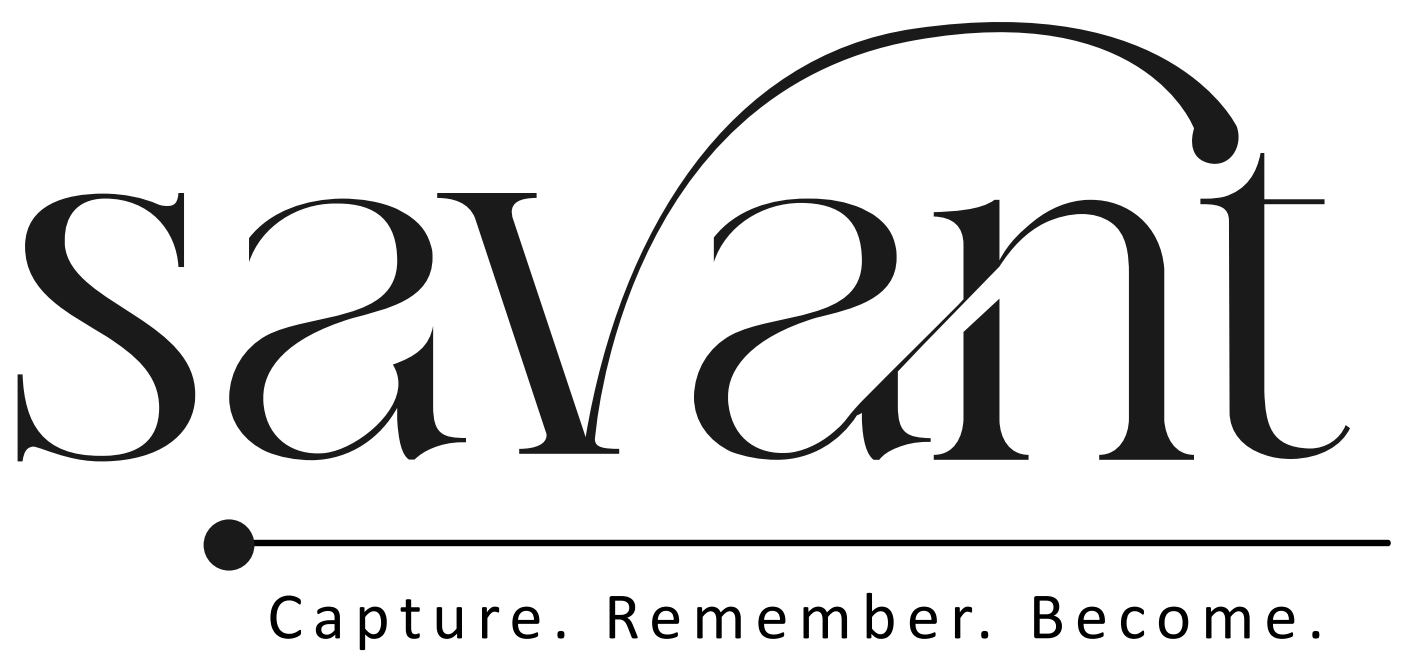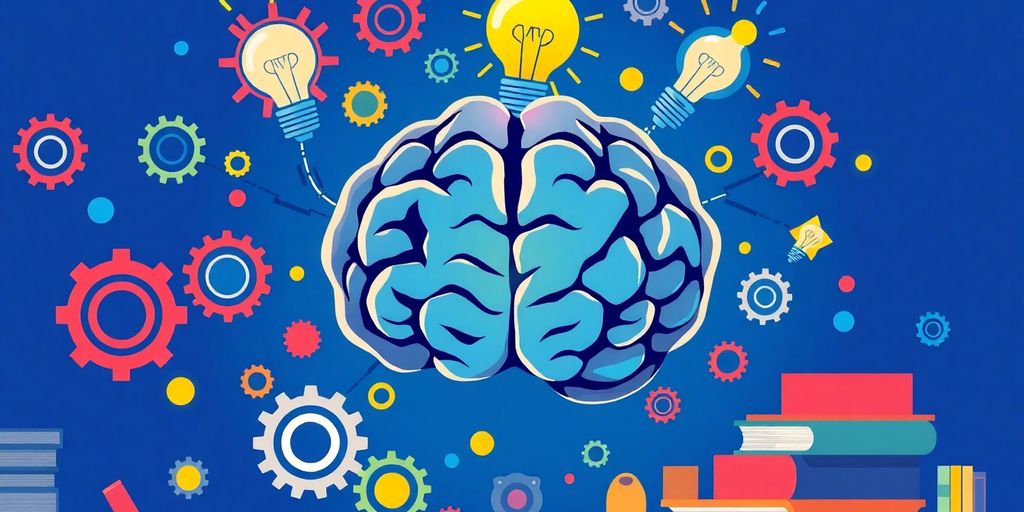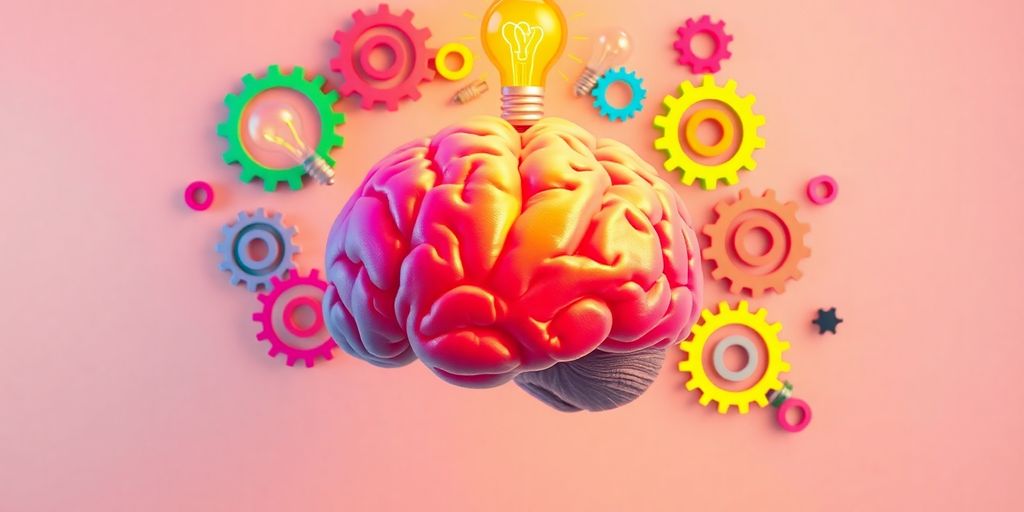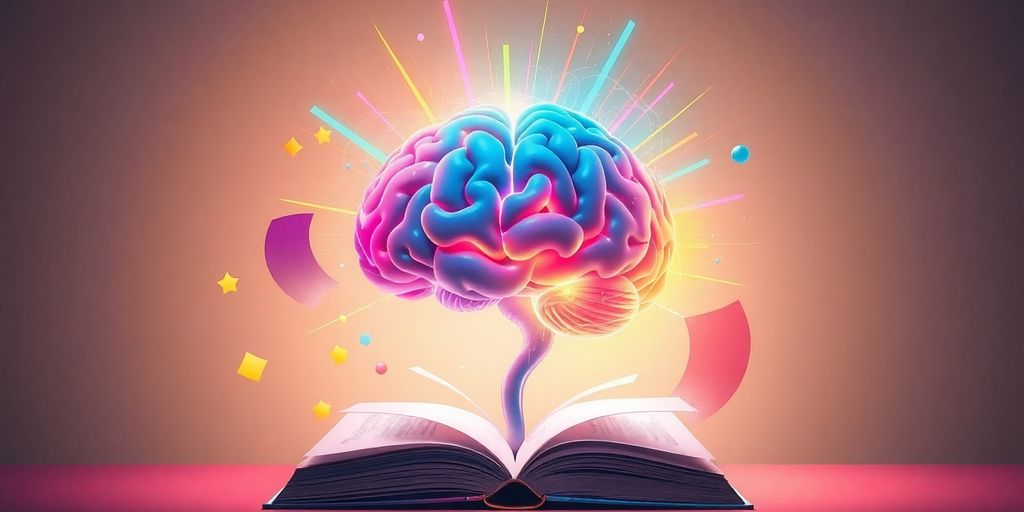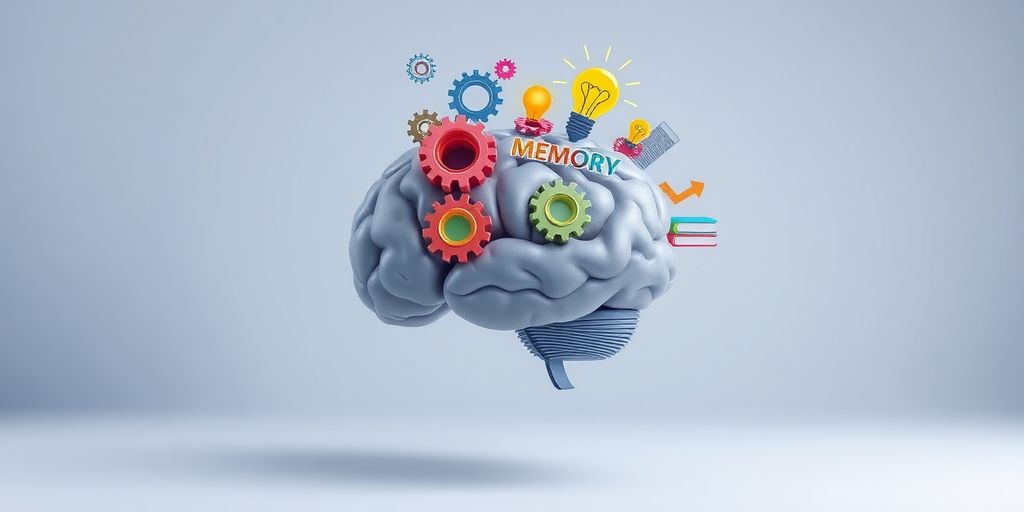Ever feel like you’re stuck in slow motion when trying to pick up something new? Whether it’s a language, a new hobby, or a skill for work, learning can sometimes feel like an uphill battle. But here’s the thing: it doesn’t have to be that way. There are proven techniques out there that can help you speed up the process. In this article, we’re diving into some of the best ways to learn quickly and efficiently, so you can get ahead without feeling overwhelmed. Let’s break it down into simple steps and practical tips you can start using today.
Key Takeaways
- Understanding how your brain works can improve learning speed.
- Creating a comfortable environment boosts focus and retention.
- Using techniques like spaced repetition can enhance memory.
- A growth mindset makes learning new things easier.
- Balancing rest and study is crucial for effective learning.
Understanding the Science of Learning
The Role of Neuroplasticity in Learning
Ever wonder how our brains manage to learn new things? It’s all thanks to something called neuroplasticity. This is the brain’s superpower, allowing it to change and adapt when we learn. When you pick up a new skill or piece of information, your brain physically changes, forming new connections. The more you practice, the stronger these connections get. Think of it like building a path in the forest; the more you walk it, the clearer it becomes. But remember, not all learning is the same—knowing the right techniques can help you learn faster and more effectively.
How Memory Works: Short-term vs Long-term
Memory is like your brain’s filing system. You’ve got short-term memory, which is kind of like a sticky note, holding onto information for a short while. Then there’s long-term memory, which is more like a well-organized library, storing info for the long haul. The trick is moving stuff from short-term to long-term memory, and that’s where techniques like spaced repetition come in handy. By revisiting information at intervals, you help cement it in long-term memory, making it easier to recall later.
The Impact of Emotions on Learning
Emotions play a huge role in how well we learn. Ever tried to study when you’re stressed or upset? It’s tough, right? That’s because negative emotions can block your learning pathways. On the flip side, positive emotions can boost your ability to absorb and retain information. It’s like the difference between trying to learn in a storm versus a sunny day. Building strong relationships with educators can create a supportive environment that nurtures positive emotions, enhancing learning outcomes.
Learning isn’t just about cramming facts into your head. It’s about creating a brain that’s ready and eager to absorb new info. By understanding how our brains learn and the factors that influence it, we can set ourselves up for success.
Creating the Perfect Learning Environment
Designing a Distraction-Free Zone
Creating a space where you can focus without interruptions is key to effective learning. Start by turning off notifications on your phone and computer. No pings, no dings. You want to be in the zone. Organize your study materials so they’re easy to find. A tidy desk equals a tidy mind, right? It might sound simple, but keeping everything in its place can save you loads of time and help maintain your focus.
The Importance of Lighting and Comfort
Lighting can make or break your study session. Natural light is best, but if that’s not an option, go for a lamp that mimics daylight. Harsh lighting can strain your eyes and make you tired. Also, make sure your chair is comfy. You don’t want to be squirming around when you’re trying to concentrate. A good chair supports your back and keeps you sitting upright. Plus, it helps you stay alert and engaged.
Incorporating Technology for Enhanced Learning
These days, tech is a game-changer in learning. From educational apps to online courses, there’s a lot out there to help you learn better and faster. Use apps that block distracting websites if you find yourself drifting off into social media land. And consider using digital note-taking tools to keep your notes organized and accessible. Utilizing technology can really boost your learning game when used wisely. Just remember, it’s a tool, not a crutch.
Techniques to Boost Learning Speed
Mastering Spaced Repetition
Spaced repetition is a game-changer for anyone looking to retain information long-term. Instead of cramming, you revisit the material at increasing intervals. This way, your brain has time to process and store the information more effectively. Imagine learning a new language; you might review vocabulary today, then again in three days, and later in a week. Tools like Anki or SuperMemo can help automate this process, making it easier to follow your own learning curve.
Harnessing the Power of Active Recall
Active recall is all about engaging with the material actively. Instead of passively reading or listening, you challenge yourself to remember and articulate what you’ve learned. Think of it like a self-quiz. You read about a topic, put the book down, and then try to explain it to yourself or someone else. Flashcards and practice tests are excellent tools for this method. The more you test yourself, the stronger those brain connections become.
The Feynman Technique Explained
Named after the physicist Richard Feynman, this technique is about simplifying complex ideas. You start by picking a topic and then try to explain it in simple terms, as if you were teaching it to a child. If you struggle, it highlights gaps in your understanding. You go back, review, and refine your explanation. This method not only deepens your understanding but also makes the knowledge easier to recall later.
Embracing these techniques can make learning not just faster, but more enjoyable. As you see your progress, your confidence grows, and learning becomes a journey rather than a chore. Remember, it’s not just about working harder, but smarter. And don’t forget to incorporate downtime and adequate sleep between study sessions to enhance learning retention.
Developing a Growth Mindset

Embracing Challenges as Opportunities
Ever felt like you’re stuck in a rut? Well, that’s where a growth mindset comes in handy. It’s all about seeing challenges not as obstacles, but as chances to learn and grow. When you hit a roadblock, instead of thinking "I can’t do this," try asking yourself, "What can I learn from this?" This shift in perspective can change everything. Imagine tackling a tough math problem or learning a new language. Each mistake is just a step towards improvement. So, next time you’re faced with something tough, remember, it’s just an opportunity to stretch those brain muscles!
The Power of Yet: Overcoming Self-Doubt
Self-doubt can be a real downer, right? But here’s a trick: add the word "yet" to your vocabulary. Instead of saying "I don’t understand this," say "I don’t understand this yet." This tiny word opens up a world of possibilities and keeps the door to learning wide open. It reminds you that learning is a journey, and you’re just not there yet. Cultivating a growth mindset involves transforming limiting thoughts by incorporating the word "yet." This simple addition encourages a perspective of ongoing learning and improvement, fostering lifelong learning and joy.
Learning from Mistakes and Failures
Mistakes aren’t the end of the world. In fact, they’re a crucial part of the learning process. Think about it—every time you mess up, you get a chance to figure out what went wrong and how to fix it. It’s like a built-in feedback system. So, don’t be afraid to make mistakes. Embrace them, learn from them, and move on. Remember, every failure is just a stepping stone to success.
"A growth mindset isn’t just about learning more; it’s about embracing the process of learning itself. It’s about seeing every challenge as a chance to improve and every failure as a lesson learned."
With these strategies, you’re not just learning facts or skills—you’re learning how to learn. And that’s a skill that will serve you for life. So, go ahead, embrace those challenges, sprinkle a little "yet" into your self-talk, and don’t shy away from mistakes. You’re on a path to growth, and the journey is just as important as the destination.
Utilizing Multisensory Learning Approaches
Combining Visual, Auditory, and Kinesthetic Methods
Ever tried learning something new and felt like it just didn’t stick? Well, using multiple senses can help with that. When you mix visual, auditory, and kinesthetic methods, you’re giving your brain more ways to connect with the material. Think of it like this: when you’re learning a language, you might listen to audio, speak the words out loud, and write them down. This approach makes the information more memorable.
The Benefits of Multisensory Learning
Multisensory learning strategies utilize various senses to enhance comprehension and retention, particularly benefiting visual thinkers across different subjects. By engaging different senses, you create a richer learning experience, which can lead to better retention and understanding. It’s like giving your brain a workout from all angles.
Practical Applications in Everyday Learning
Want to put this into practice? Here are a few simple ways:
- Read and Listen: When tackling a new book, try listening to the audiobook version as well. This dual approach can help reinforce the material.
- Draw It Out: If you’re studying something complex, draw diagrams or mind maps. Visual aids can simplify tough concepts.
- Get Hands-On: Whenever possible, involve a physical element in your learning. Whether it’s building a model or using flashcards, doing something physical can make a big difference.
Multisensory learning isn’t just about using more senses—it’s about making learning more engaging and effective. By combining different methods, you’re not just memorizing information; you’re truly understanding it.
The Role of Rest and Mindfulness in Learning

Understanding how rest and mindfulness contribute to learning can be a game-changer. It’s not just about cramming more into your brain but giving it the space to breathe and grow.
How Sleep Enhances Memory Retention
Sleep isn’t just for recharging your batteries. It’s like a backstage crew organizing everything you’ve learned during the day. When you’re catching Z’s, your brain is busy moving info from short-term to long-term memory. Getting a solid 7-9 hours of sleep can seriously boost your ability to remember stuff. So, if you’re pulling all-nighters before exams, you might want to rethink that strategy. Instead, try to get a good night’s sleep to let your brain do its thing.
Mindfulness Techniques for Better Focus
Staying focused in today’s world can be tough. Mindfulness, though, is like a secret weapon. Simple practices like meditation or even just deep breathing can help you tune out distractions and keep your mind on track. It’s not about clearing your mind completely but gently bringing your attention back to the task at hand. Practicing mindfulness can help students manage mental and emotional challenges, leading to improved academic performance. Mindfulness in education is more than just a buzzword—it’s a tool for success.
Balancing Study and Rest for Optimal Learning
Finding the right balance between study and rest is crucial. It’s tempting to keep pushing on when you’re in the zone, but taking regular breaks can actually improve your productivity. Think of it like a workout—your brain needs time to recover to perform at its best. Try working in short bursts and then taking a break to let your brain digest what you’ve learned. This way, you’re not just learning faster, but smarter too.
Remember, learning isn’t a sprint; it’s a marathon. By pacing yourself and incorporating rest and mindfulness into your routine, you’re setting yourself up for long-term success.
Overcoming Common Learning Barriers
Dealing with Procrastination
Procrastination is something we all face, and it can really mess with our learning goals. The trick is to break tasks into smaller, manageable steps. Start with the easiest part and gradually work your way up. This way, you’re not overwhelmed by the size of the task. Creating a to-do list can also be super helpful. Prioritize tasks and set deadlines for each one. This keeps you on track and gives you a sense of accomplishment as you check things off.
Managing Stress for Better Learning
Stress can be a major roadblock when it comes to learning. It’s important to find ways to manage it effectively. Try incorporating relaxation techniques like deep breathing or meditation into your routine. These can help calm your mind and improve focus. Also, don’t forget to take regular breaks during study sessions. A short walk or a quick chat with a friend can do wonders for your mood and concentration.
Breaking Down Complex Topics into Manageable Parts
When you’re faced with a complex topic, it can feel daunting. The key is to break it down into smaller, more digestible parts. Chunking is a great strategy here. By dividing information into smaller sections, you can tackle each piece one at a time. This not only makes it easier to understand but also improves retention. Additionally, try to find connections between different parts of the topic. This can help you see the bigger picture and enhance your understanding.
Overcoming learning barriers isn’t just about working harder—it’s about working smarter. By identifying your obstacles and addressing them with these strategies, you can make your learning journey smoother and more enjoyable. Remember, every challenge is an opportunity to grow and learn something new.
Leveraging Technology for Learning Enhancement
Using Apps and Tools for Study Efficiency
In today’s fast-paced world, technology is your best friend when it comes to learning. Apps and digital tools can make study sessions more efficient and engaging. Think about apps that help with task management, like Todoist or Trello. They keep your study schedule organized, so you never miss a deadline. Then there are flashcard apps like Anki, which use spaced repetition to boost memory retention. And let’s not forget about note-taking apps like Evernote or OneNote, which allow you to organize your thoughts and access them on any device.
Online Resources for Self-Paced Learning
The internet is a treasure trove of information, offering countless opportunities for self-paced learning. Websites like Coursera, Khan Academy, and edX provide courses on virtually any topic you can imagine. These platforms let you learn at your own pace, fitting education into your schedule. Whether you’re brushing up on math skills or diving into the world of philosophy, there’s something for everyone. Plus, many of these resources are free or low-cost, making education accessible to all.
The Future of Learning: AI and Machine Learning
AI and machine learning are transforming education in ways we never thought possible. Imagine a personalized learning experience where the system adapts to your strengths and weaknesses. AI tutors can provide instant feedback, helping you understand complex topics in a way that’s tailored just for you. Machine learning algorithms can analyze your progress and suggest areas for improvement, making learning more efficient and targeted. As these technologies continue to evolve, the future of education looks bright, with endless possibilities for personalized, effective learning.
Embracing technology in education isn’t just about staying current; it’s about preparing for a future where learning is more accessible and personalized than ever before. By integrating these tools into your study routine, you can make learning a more enjoyable and productive experience.
Conclusion
So there you have it, folks! Learning quickly isn’t just about cramming facts into your brain. It’s about using smart techniques that align with how our brains naturally work. By mixing things up with methods like spaced repetition, active recall, and even getting a good night’s sleep, you can really boost how fast and well you learn. Plus, don’t forget to keep stress in check and stay mindful—these little habits can make a big difference. At the end of the day, learning fast isn’t just about knowing more stuff; it’s about being ready to roll with whatever life throws your way. So go on, give these strategies a shot, and watch yourself grow into a learning pro!
Frequently Asked Questions
What is neuroplasticity and why is it important for learning?
Neuroplasticity is the brain’s ability to change and form new connections. It’s important because it helps us learn new things and adapt to new situations.
How do emotions affect learning?
Emotions can impact how well we learn. Positive emotions can make learning easier, while negative emotions can make it harder to focus and remember things.
What is spaced repetition and how does it help with learning?
Spaced repetition is a technique where you review information at increasing intervals. It helps move information into long-term memory, making it easier to remember.
Why is a distraction-free zone important for learning?
A distraction-free zone helps you focus better, making it easier to absorb and understand new information without interruptions.
How does sleep improve memory retention?
Sleep helps your brain organize and store information, making it easier to recall later. Without enough sleep, it can be harder to remember what you’ve learned.
What is the Feynman Technique?
The Feynman Technique involves teaching a concept in simple terms to identify gaps in understanding. It helps deepen your knowledge and makes complex ideas easier to grasp.
